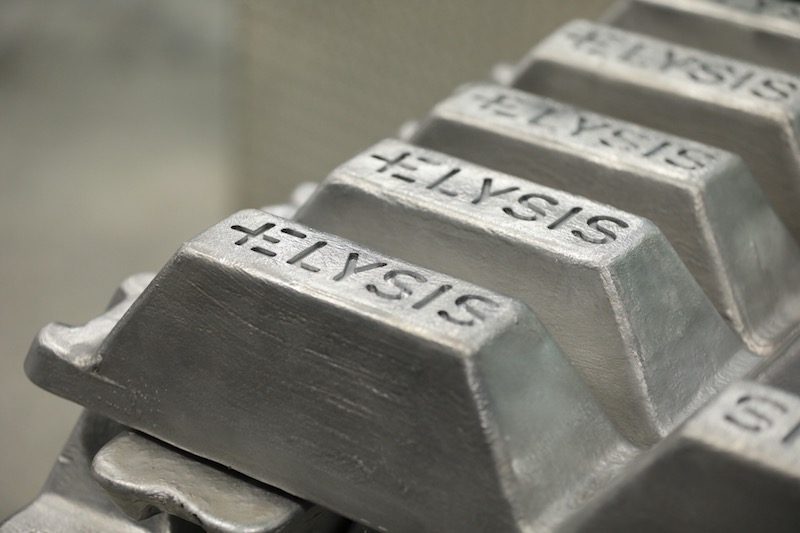Elysis selects Alma smelter for first installation of GHG emissions reducing tech

Elysis, a joint venture lead by Rio Tinto (ASX:RIO) and Alcoa (NYSE:AA), has chosen Rio’s aluminum smelter in Alma, Que., for the first installation and demonstration of its inert anode technology. It will operate at commercial capacity of 450 kA.
The new anode – first of its kind to be installed – will be installed at the end of an existing potline. Its use will eliminate all direct greenhouse gas (GHG) emissions, producing oxygen instead.
In Canada alone, Elysis technology has the potential to reduce GHG emissions by 7 million tonnes, equivalent to removing 1.8 million cars from the road. Not only that, the new technology will significantly reduce operating costs and boost capacity. The materials used in the anode are expected to last at least 30 times longer than conventional anodes.
The Quebec government will invest $20 million in the project to bring forward the start of work at the site. Some of the funds will be used to support regional manufacturing to supply standardized equipment for the new technology.
According to Rio Tinto Aluminium managing director of Atlantic operations Samir Cairae: “The road ahead is seeing the technology scaled up at our facilities in Quebec, where we already use clean hydropower to deliver some of the world’s lowest carbon aluminum. Putting this hydropower together with the Elysis technology can take aluminum to the next level as a sustainable material, and help cut the carbon footprint of everything from cars to smartphones, buildings and food and beverage packaging.”
Elysisplans to commercialize its breakthrough technology in 2024 for eventual use in retrofitting existing smelters and installation in new facilities.
(This article first appeared in the Canadian Mining Journal)
More News
Rio Tinto, Founders Factory’s Mining Tech Accelerator invests in startups from US and OZ
April 23, 2025 | 04:02 pm
{{ commodity.name }}
{{ post.title }}
{{ post.date }}



Comments